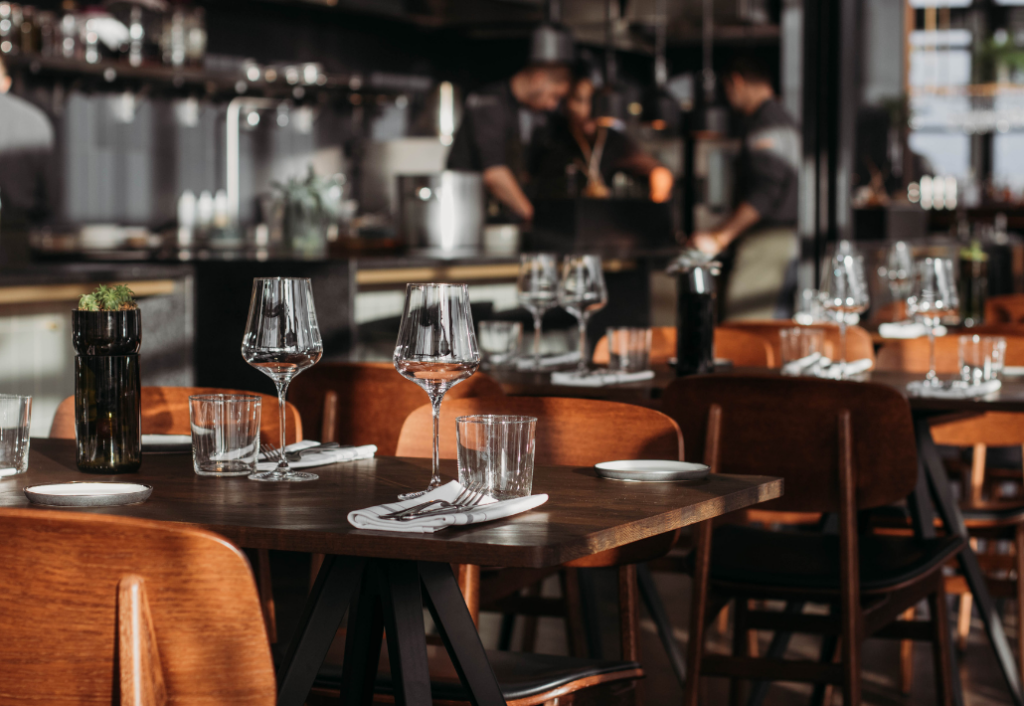Reflecting on your 2023 restaurant pricing strategy?
As we pass the halfway point of the year, it’s natural that many restaurant owners will be reflecting on a rocky first six months, with an eye on what’s likely to happen in the near future.
Unfortunately, the uncertainty that has been the hallmark of 2023 may now continue for longer than previously hoped. World food prices are under considerable pressure following Russia’s withdrawal from its grain deal with Ukraine, while input costs remain stubbornly high across the board.
This is exacerbated by falling consumer confidence thanks to persistent inflation and rising interest rates, with 51% of restaurant goers admitting that they will now be cutting back on eating out.
Against this backdrop, the restaurant sector will inevitably be asking the question of how to remain profitable in the face of yet more cost increases and reduced customer volume.
When it comes to pricing, the industry has a history of being reactive to changes in costs and competitor’s activity. But when volatility becomes the rule instead of the exception, reactive pricing decisions risk damaging the brand value proposition and ultimately the brand’s profitability.
Instead, we recommend taking a more measured, systematic and proactive approach to the pricing strategy.
Here are seven steps that you can take right now to ensure that your restaurant chain can weather any current (or future) uncertainty.
1. Identify your optimal menu inflation
Nearly 7 out of 10 UK operators raised menu prices last year. If you were one of them, now is the time to look at exactly how those price changes translated into increased margins, volumes and what that means for the next six to 12 months. Examine what the forecasted country’s inflation will be and compare it with your current and forecasted menu inflation. This will highlight how much more you can safely put through.
2. Evaluate the impact of the future costs increases
Take a granular approach to your analysis of ingredient costs. Estimate what the impact will be on the overall profitability to gain a better understanding of what you need to offset through your own prices. Remember, just because the price of chicken goes up, it doesn’t mean your chicken dishes need to follow. Cost mitigation could come from other products that potentially are in a better position to accommodate the rise.
3. Analyse the performance of your products
Get a strong grasp of where your money is coming from. What’s driving profitability? From there, you can evaluate which products will react better to a price increase compared to others.
4. Understand your competitors
Assess your market landscape to learn where your brand sits against its competitors. Do you know if you’re under- or over-pricing? If it’s the former, then where are the opportunities? And if it’s the latter, can some tweaking be done to make sure you don’t price yourself out of the market?
5. Optimise your pricing architecture
Make sure you have options to meet the needs of both price-sensitive customers and those who aren’t. How can you motivate consumers to order more courses, add sides, drinks or plump for combo offers? With value now such a key message when it comes to driving consumers through the door, consider not featuring your most expensive products in your marketing campaign.
6. Find out what motivates your customers
First, learn why your customers come to your business and then leverage that knowledge. Do you have a tried and trusted set of offers that can help stimulate demand? Are you giving away revenue in discounts when you don’t need to? Do you have a discount strategy? And is it achieving your key objectives?
7. Communicate regularly and effectively
Not just with your customers, but with your teams. There have been instances of some chains adding cover charges to bills which staff have struggled to explain when questioned. Similarly, increasing the service charge may serve to aid recruitment, but it will still lend itself to a bill shock for the customer and it can impact the price perception of your brand.
If you need to raise prices, it is far better to do this in the most transparent way possible by increasing the cost of certain products. Be upfront and keep your front-of-house team informed – arm them with the detail they need to answer any customer questions about pricing.
Rising food and supply costs will remain an unwelcome but inevitable part of operating your restaurant business for the foreseeable future. But that doesn’t mean that you can’t remain profitable. It just means you can’t leave it to chance. You need to have a plan.
Make it your business to be as well informed as possible about both your competitors and customers. Avoid being overly reactive to either, don’t make any rash decisions and don’t stop communicating the good things you’re doing.
The more transparent and data-led your pricing can be, the more likely that you can come out the other side of tough trading conditions.



